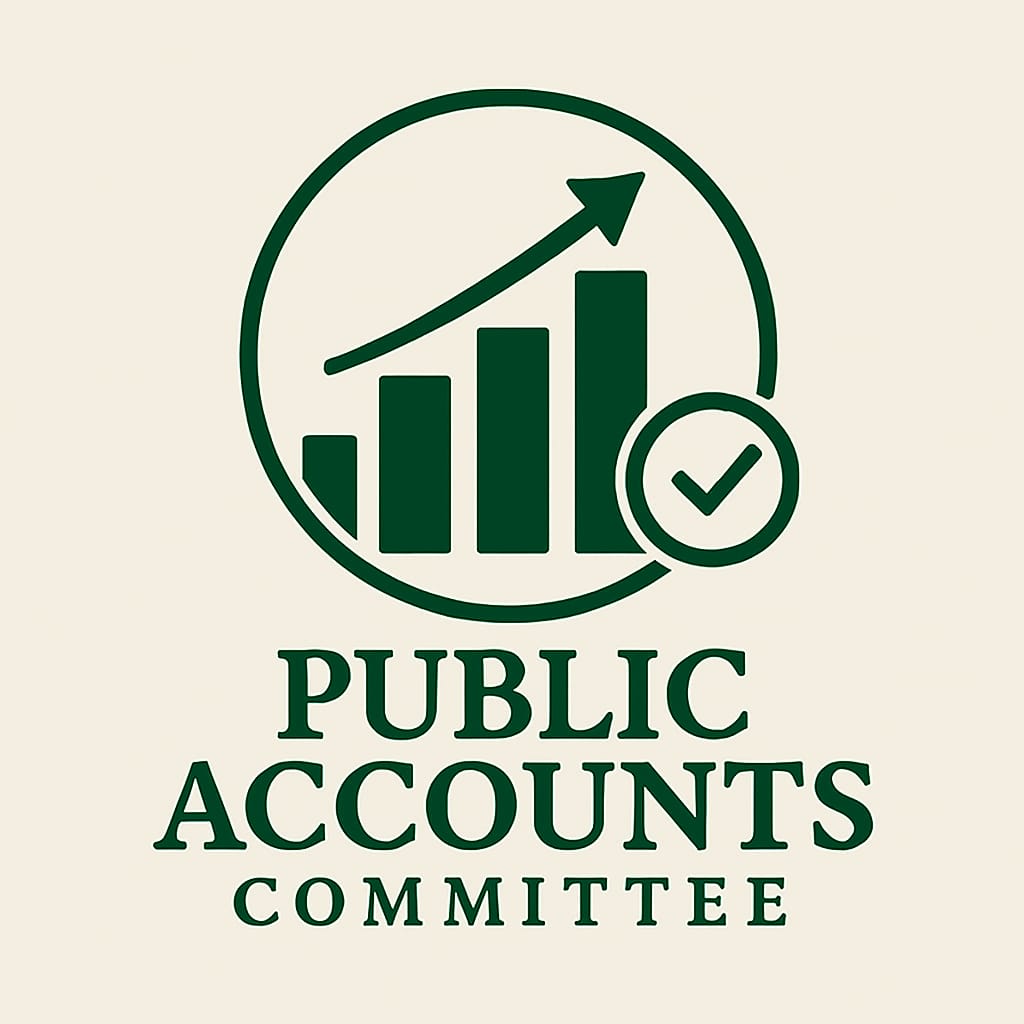Regulatory autonomy on trial as legal mandates challenged
TARIQ KHATTAK
ISLAMABAD: The Securities and Exchange Commission of Pakistan (SECP) has entered a volatile phase in its standoff with the Auditor General of Pakistan (AGP), shifting from a procedural rebuttal to a full-blown constitutional confrontation. The escalation has triggered warnings from legal experts and market observers alike, with many questioning whether the Chairman of SECP can withstand the institutional and reputational fallout. At the heart of the dispute lies a deepening constitutional crisis, raising serious concerns about the separation of powers and the legal boundaries of oversight in Pakistan’s regulatory framework.
The dispute began with audit observations targeting SECP’s financial decisions, including executive pay revisions and the handling of surplus funds. In its first formal response on August 23, SECP rejected the AGP’s findings, asserting that all actions were taken in accordance with the SECP Act, 1997 and approved by its Policy Board. The Commission emphasised its administrative and financial independence, framing the audit as a misinterpretation of its statutory framework.
It also criticised media coverage for lacking balance, suggesting that the narrative had been skewed against the institution. SECP pointed to a July 2025 review by the Public Accounts Committee (PAC), which had already addressed similar concerns, implying that the AGP’s observations were either redundant or resolved. However, the tone and trajectory shifted sharply just two days later.
On August 25, SECP issued a second rebuttal that moved beyond statutory defence and into constitutional territory. This time, the Commission directly challenged the AGP’s jurisdiction, arguing that its self-funded status and Policy Board governance exempt it from federal audit scrutiny. The move signalled a strategic pivot, one that reframed the issue as a test of regulatory autonomy rather than a matter of compliance.
Legal experts responded swiftly, citing Article 169 of the Constitution, which empowers the AGP to audit “accounts of the Federation and of the Provinces.” They warned that SECP’s stance could erode national accountability standards and set a precedent for other regulatory bodies to evade oversight. While repeating claims of media bias, SECP acknowledged that a Departmental Accounts Committee (DAC) review was still pending, suggesting that procedural engagement had not been fully exhausted.
The implications of this shift are far-reaching. By invoking constitutional protections to shield itself from audit scrutiny, SECP has raised the stakes from administrative defence to institutional defiance. If the Commission’s argument fails, it may face intensified scrutiny, not only from auditors but also from Parliament and the judiciary. The Chairman’s position, already under pressure, may become untenable if DAC findings contradict SECP’s claims or if the constitutional defence is deemed unsustainable.
As the review process unfolds, the outcome may not only determine SECP’s audit exposure but also reshape the boundaries of oversight for self-financed entities across Pakistan. What began as a technical rebuttal now threatens to redraw the lines of regulatory accountability itself.

